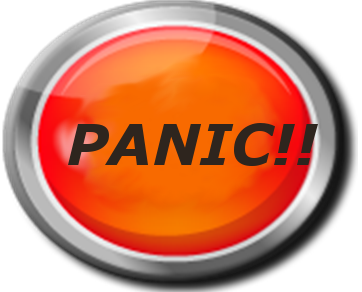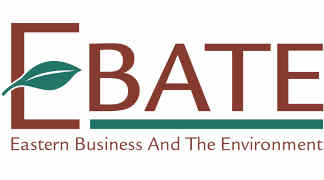Can you afford to miss out on the business opportunities of the emerging circular economy?
I’ve been watching a LinkedIn conversation about “taking the immense risk that Climate Change is posing” and watched it transform into a believe/don’t believe conversation about human-induced climate change.
To me, sustainability advocates have a much more powerful challenge to make, especially to business players. We can ask them a different and more immediate set of questions:
- “What does the market place think about environmental issues?
- What are your customers doing?
- What are your suppliers doing?
- What are the market leaders doing?”
We don’t necessarily need to prove “climate change is true” – we just need to prove that it’s there is a real case for business understanding of environmental issues. To me, the best proof we can offer is the action that’s already being taken – the radical business innovation programs underway across a range of markets and industries.
Is the perceived potential for major environmental disruption generating radical innovation in global business strategy and practice?
This is an easier question to answer. We have a whole range of questions and answers to play with. Here are just a few I’ve collected in my Regenerative Business discussion group:
- Is IKEA installing electric vehicle charging points across it’s UK retail outlets? YES
- Is Microsoft powering a data centre with the biogas recovered from ‘waste’ water? YES
- Is carpet manufacturer Interface turning waste fishing net into carpet (having already started making carpet from their competitors old product)? YES
- Is Walmart installing a green roof on one of their stores to filter storm water, enable energy efficiency, mitigate heat islands and provide habitat? YES
- Did Walmart start collaborating with Costco, Safeway and others on Sustainable Packaging in 2010? YES
- Is Ford switching to renewable materials (including rice hulls, soybeans and recycled cotton) in the manufacture of its vehicles? YES
- Are Hertz, Pepsico, Caterpillar and Phillips leveraging sustainability in their business innovation programs? YES
- Has Puma produced the world’s first Environmental P&L covering its whole supply chain? YES
- Are small and medium businesses finding ways to reinvent and improve the way they do business? YES (Find your own, local examples.)
These initiatives aren’t random occurrences, they’re indicators of a fundamental new way of thinking about business in relationship to the environment – it’s showing up in discussions as “Natural Capitalism“, “Cradle to Cradle“, “The Circular Economy” and “The Blue Economy“. So now you can ask some additional questions:
- Is it safe to ignore the action that IKEA, Microsoft, Walmart, Hertz, Pepsico, Ford, Caterpillar, Phillips and Puma are taking?
- Can you be sure that the news business models and strategies they are innovating won’t flow down the supply chain to your business?
- Will your business/employer/industry be ready when they do?
Survival is not mandatory…
 As Walter Stahel said in a recent article on the Circular Economy “‘You don’t have to do any of this, survival is not mandatory’. … You can completely ignore all the concepts of the circular economy, but if one of your competitors picks it up and it’s successful, then you have solved your problem, because your company will disappear.”
As Walter Stahel said in a recent article on the Circular Economy “‘You don’t have to do any of this, survival is not mandatory’. … You can completely ignore all the concepts of the circular economy, but if one of your competitors picks it up and it’s successful, then you have solved your problem, because your company will disappear.”
If you’re certain that your best approach to sustainability is to push the panic button, this one has the advantage that it comes with a clear action path and way forward. Fear without the power to act generates powerlessness, anxiety, self-protection and short-term needs gratification. Fear plus a way forward generates action.
Fortunately, there’s a wealth of information about Regenerative Business and The Circular Economy available online, complete with training material. There are even workbooks and manuals for business consultants and coaches to use.
You probably still won’t engage the laggards of the innovation diffusion process, but you could gain more traction with the early adopters and early majority.



